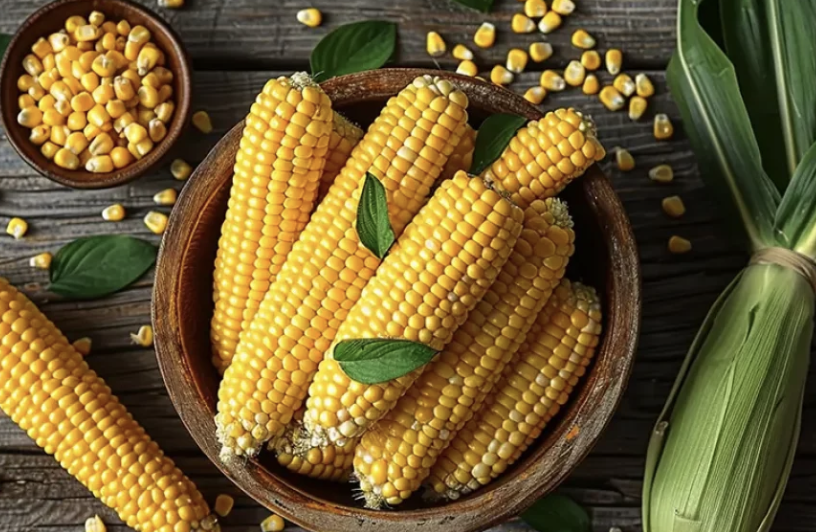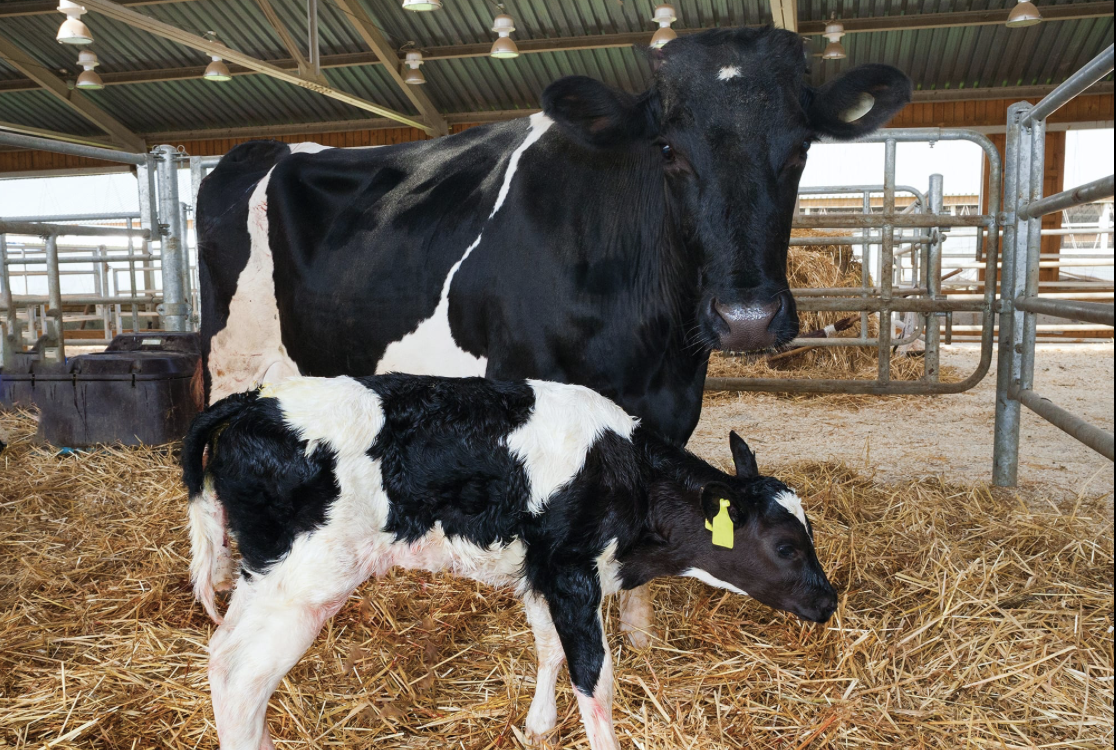(CIE A2 Biology) Examples of artificial selection
1/4
There's no tags or description
Looks like no tags are added yet.
Name | Mastery | Learn | Test | Matching | Spaced |
|---|
No study sessions yet.
5 Terms
how wheat and rice varieties have been selectively bred
by introducing fungi-resistant alleles from another wheat/rice species to improve crop yield and disease resistance over many generations

the two main ways in which maize has been selectively bred over the years
through inbreeding and hybridization

how maize inbreeding has led to inbreeding depression in the past
reduced genetic diversity from increased homozygosity has resulted in lower yields and increased susceptibility to diseases through a higher chance of harmful recessive allele expression thus decreasing hybrid vigor
the importance of uniformity when growing crops
too much inter-plant variation can occur within a field if completely random outbreeding occurs thus leading to farmers buying homozygous seed sets and crossing them for F1 offspring production
how cattle have been selectively bred
by crossing female cows with the highest milk yield together with male bulls (often through artificial insemination) - little consideration’s given here to other aspects of their health
